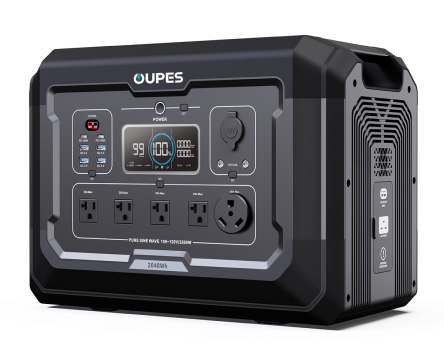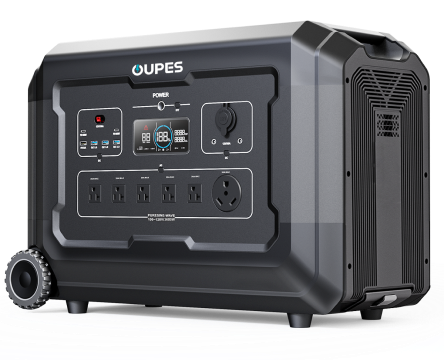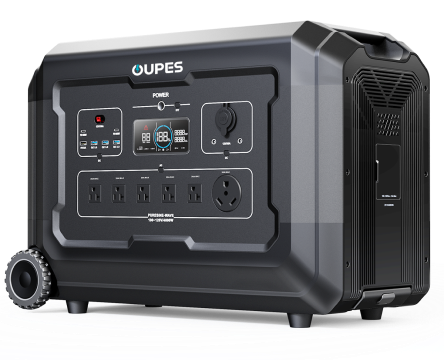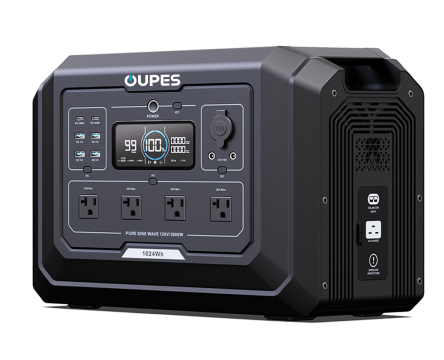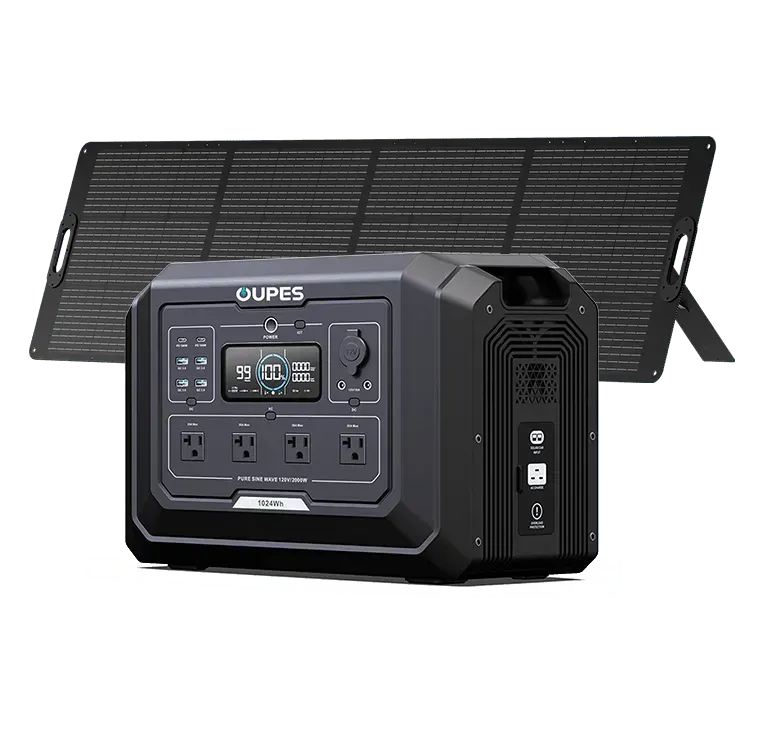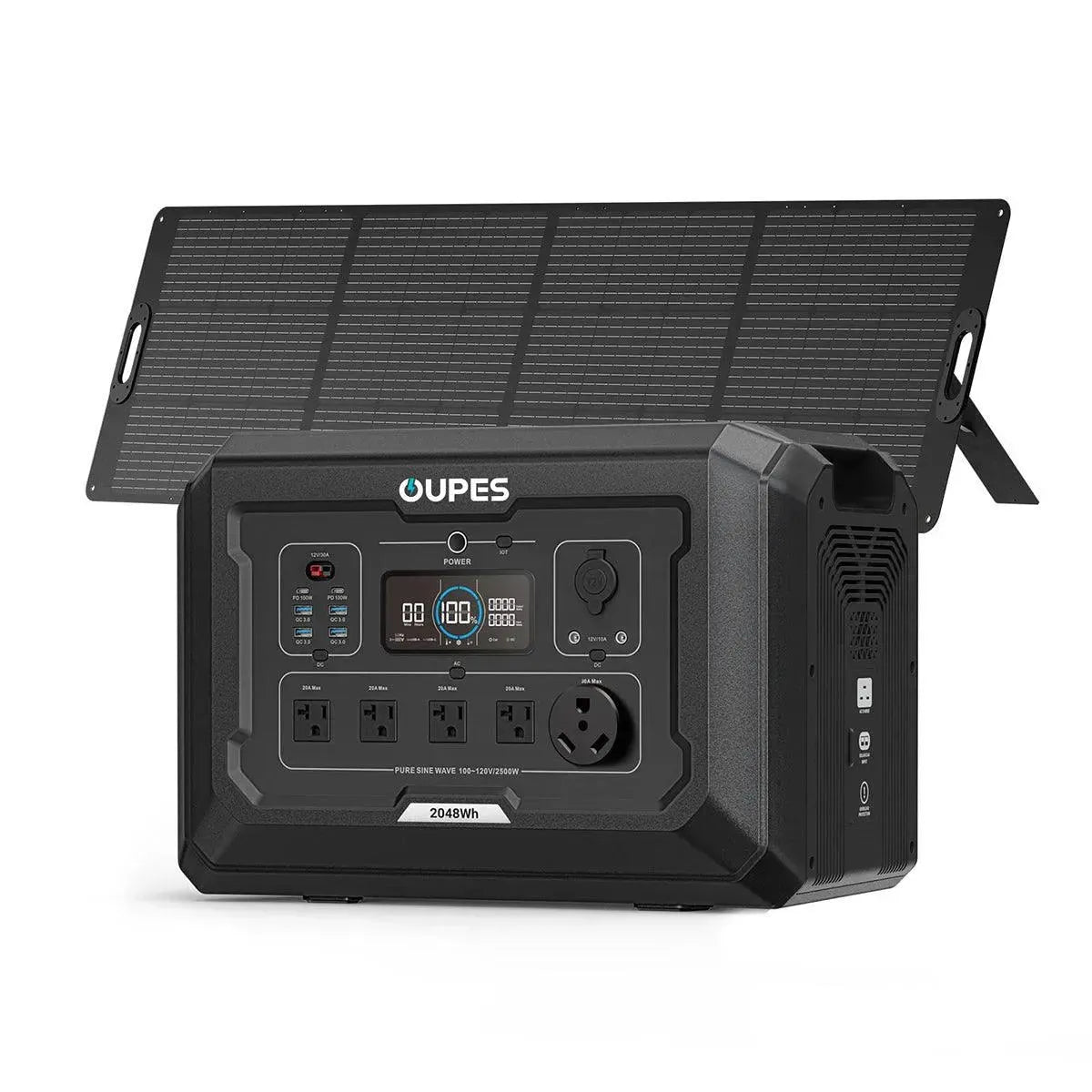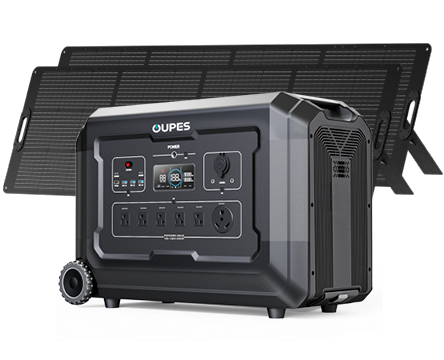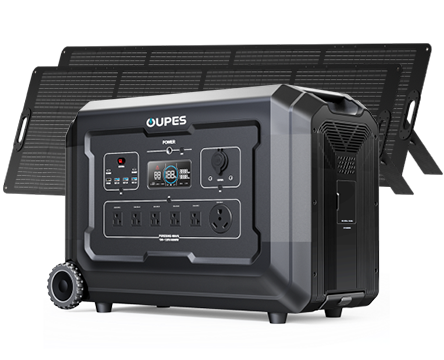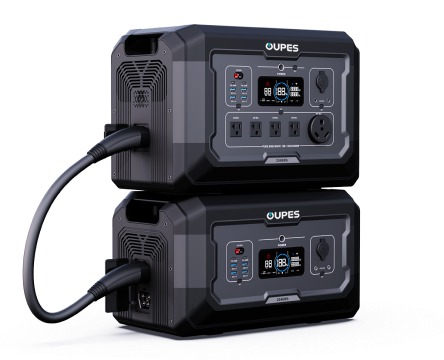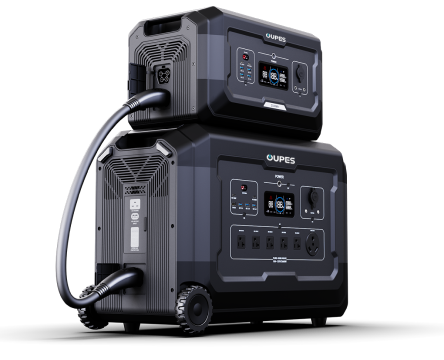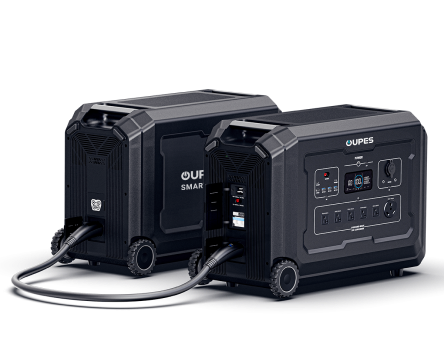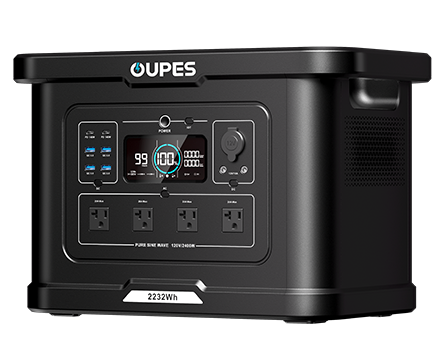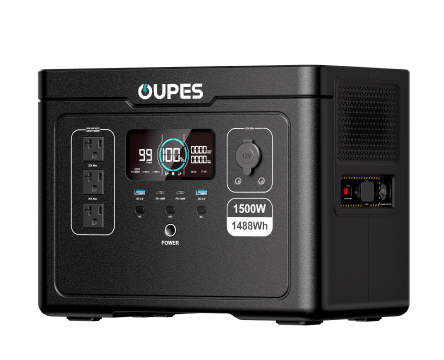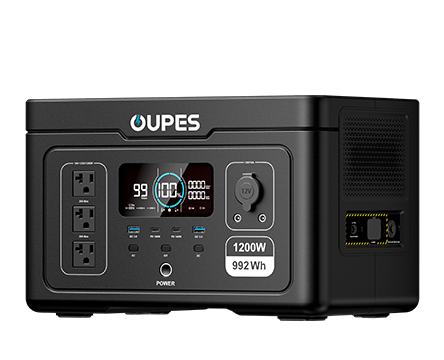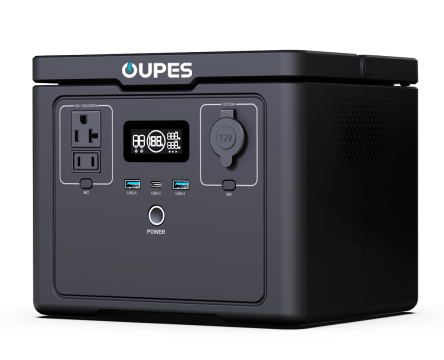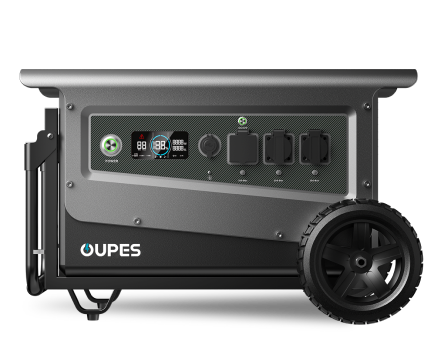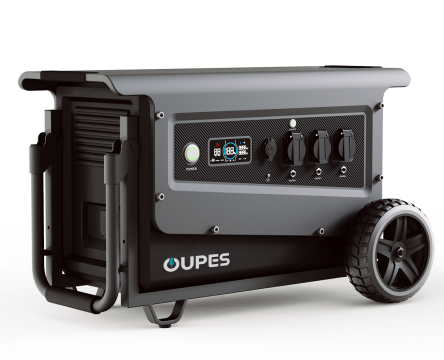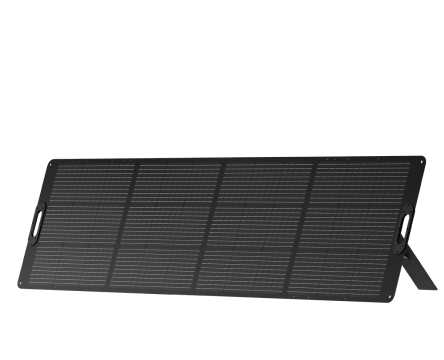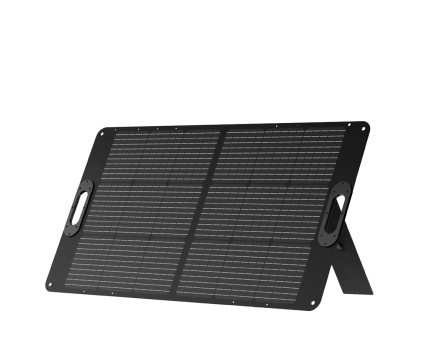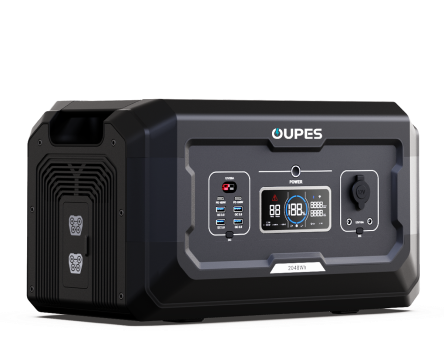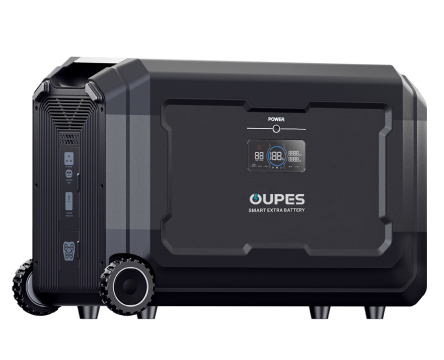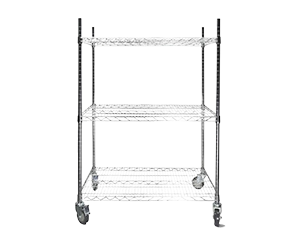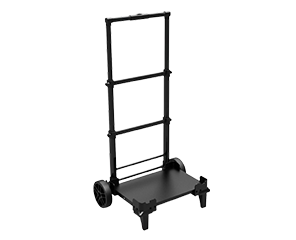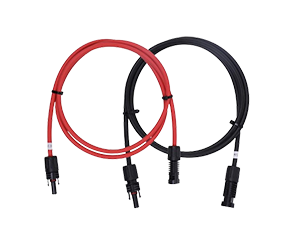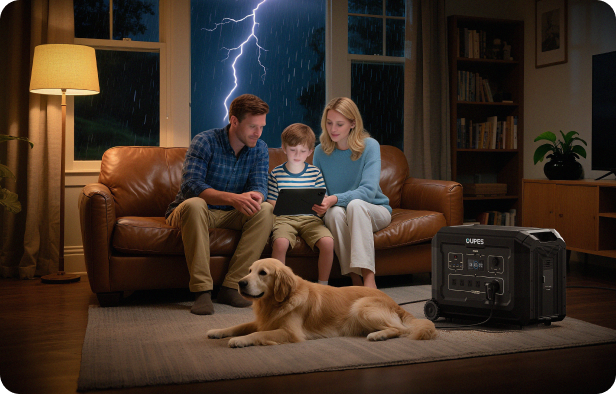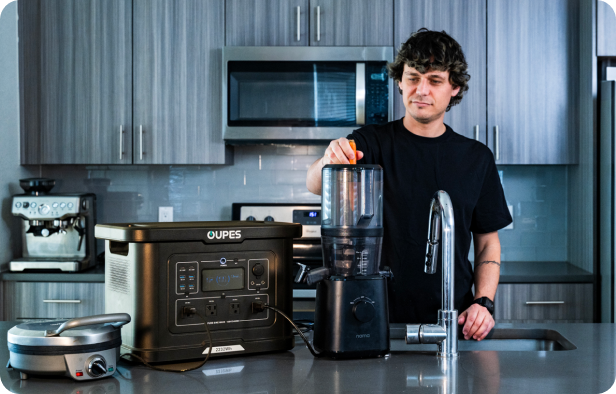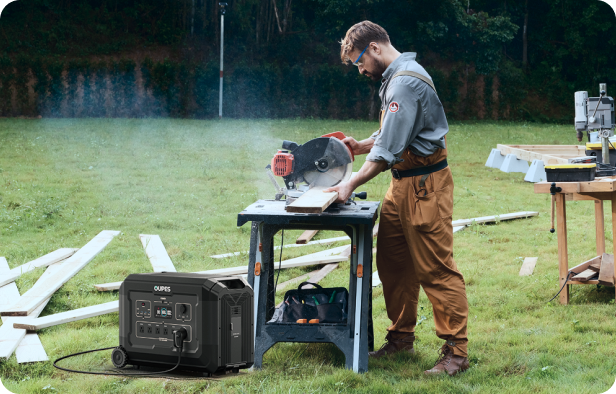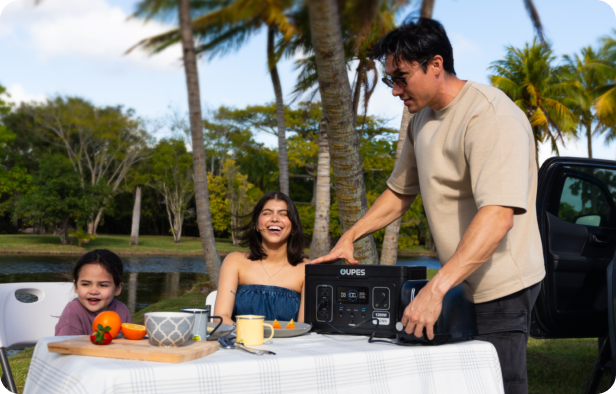Introduction: Why Portable Power Stations Are Worth the Investment
Portable power stations have become essential for modern living — from camping adventures and RV travel to home emergency backup. They offer clean, silent, and renewable power without relying on gas or fossil fuels. As technology improves, prices have become more accessible for individuals and families alike.
While some people may associate power stations with high costs, understanding what determines their price can help you make a smart and informed purchase. Brands like OUPES have contributed to making reliable, high-capacity models more affordable, broadening access to sustainable energy solutions.
Key Factors That Affect the Price
The cost of a portable power station can vary widely — typically ranging from under $200 to over $3,000. This depends on several key elements, including battery type, capacity, inverter output, and special features.
1. Battery Type
Two main types of batteries dominate the market:
- Lithium-ion (Li-ion): Lightweight, efficient, and widely used in compact models. Moderate cost and lifespan.
- LiFePO4 (Lithium Iron Phosphate): Offers superior safety, 3000+ charge cycles, and long lifespan — typically found in premium models.
2. Battery Capacity (Watt-Hours)
Battery capacity determines how much energy a power station can store. Higher capacity means longer runtime — and a higher price tag.
3. Output Power (Watts)
The inverter rating (e.g., 500W, 1500W, 3000W) tells you how powerful the device is and what appliances it can run. Larger inverters cost more due to stronger internal components.
4. Charging Methods
Basic models offer AC and car charging, while advanced systems include fast solar input and dual-charging (AC + solar). More versatility typically increases cost.
5. Build Quality and Design
Durability, heat management, and user interface design also play roles. Units with integrated displays, cooling fans, and rugged casings cost more but last longer in outdoor environments.
6. Brand Reputation and Warranty
Trusted manufacturers offering longer warranties and certified safety features tend to price their products slightly higher, but the reliability and after-sales support justify the investment.
Price Range by Capacity
Here’s a general overview of how capacity influences pricing. Note that prices vary depending on materials, features, and battery type.
Small-Capacity Models (100–500Wh)
Compact and lightweight, these power stations are ideal for charging smartphones, cameras, drones, or small LED lights during short trips.
- Price Range: $150 – $400
- Ideal For: Camping, photography, outdoor events
Mid-Range Models (500–1500Wh)
Balanced between power and portability, these can handle laptops, mini-fridges, or CPAP machines.
- Price Range: $400 – $900
- Ideal For: Weekend camping, RV travel, short-term home backup
High-Capacity Models (1500–3000Wh)
These are designed for powering heavy-duty appliances such as microwaves, TVs, and small power tools. They’re also excellent for extended off-grid stays or backup during outages.
- Price Range: $900 – $2,000+
- Ideal For: Home emergency power, RV living, off-grid setups
Ultra-High-Capacity Systems (3000Wh+)
Large power stations that can sustain entire households during outages or long off-grid living. They often include expandable batteries or solar integration.
- Price Range: $2,000 – $4,000+
- Ideal For: Full home backup, outdoor professionals, long-term off-grid power
Comparison Table: Capacity vs. Typical Price Range
| Category | Battery Capacity (Wh) | Continuous Output (W) | Typical Price Range (USD) | Common Use |
|---|---|---|---|---|
| Compact | 100–500 | 150–300 | $150 – $400 | Phones, drones, small lights |
| Mid-Range | 500–1500 | 300–1000 | $400 – $900 | Laptops, mini fridges, CPAP |
| High-Capacity | 1500–3000 | 1500–2500 | $900 – $2000 | Microwaves, TVs, RVs |
| Ultra-High-Capacity | 3000–6000+ | 3000–5000+ | $2000 – $4000+ | Home backup, off-grid use |
Do Solar Panels Add to the Cost?
Yes. If you plan to recharge your power station using solar panels, you’ll need to account for that additional cost. A portable solar generator setup typically includes panels, cables, and connectors.
- 100W panel: $100–$200
- 200–400W panels: $200–$600
- Complete solar generator kit: $800–$2,500 (depending on configuration)
While solar panels raise the initial investment, they significantly reduce long-term energy costs. Once installed, you can generate free electricity for years — perfect for off-grid campers and homeowners who want energy independence.
Premium Features That Increase Value
1. Fast Charging Technology
Some models include advanced systems that recharge to 80% in under an hour via dual AC and solar inputs. Faster charging equals more convenience and efficiency.
2. Expandable Battery Packs
Certain designs allow users to attach additional battery modules, boosting total capacity — ideal for extended use without constant recharging.
3. Smart App Control
Bluetooth or Wi-Fi connectivity lets users monitor power status, battery levels, and charging history through a mobile app — offering precise energy management.
4. Multiple Output Ports
From USB-C PD 100W to pure sine wave AC outlets, more ports mean more flexibility for running multiple devices simultaneously.
5. Built-in UPS Function
An uninterruptible power supply (UPS) ensures automatic switching during blackouts — a valuable feature for sensitive electronics.
Cost Considerations by Use Case
1. Camping and Outdoor Use
For short camping trips, a 500–1000Wh model is sufficient and affordable ($300–$700). It can charge phones, lights, and small appliances without overkill.
2. RV and Van Life
RV users often choose mid-to-high-capacity models (1500–3000Wh) for powering fridges, fans, and cooking gear. Expect to spend $900–$2000.
3. Home Backup Power
Homeowners needing emergency power for essential appliances should invest in larger systems (3000–6000Wh). Prices typically start around $2000 and go up with additional batteries or solar panels.
Are Portable Power Stations Cost-Effective in the Long Run?
Yes — when you factor in their versatility, energy savings, and lifespan, they’re a cost-efficient investment. A quality LiFePO4 model can last over 10 years, with thousands of charge cycles and minimal maintenance.
Unlike gas generators, portable power stations require no fuel or oil changes and produce no emissions or noise. Over time, this translates to substantial savings and a smaller environmental footprint.
Tips for Choosing the Right Power Station
- Calculate your total wattage needs (add up all the devices you plan to power).
- Choose LiFePO4 batteries for long-term durability and safety.
- Ensure the inverter output exceeds your largest appliance’s power draw.
- Consider solar compatibility for off-grid charging.
- Look for warranty coverage and clear customer support.
- Compare price per watt-hour (Wh) to evaluate true cost-efficiency.
FAQ
1. What is the average cost of a portable power station?
Most quality units cost between $500 and $1500, depending on capacity and features. Entry-level models can be as low as $200.
2. Why are some power stations more expensive than others?
Higher-capacity batteries, LiFePO4 technology, faster charging, and smart features increase manufacturing cost — and therefore price.
3. Do I need to buy solar panels separately?
Yes, solar panels are typically sold separately, though some packages include them as part of a solar generator bundle.
4. How long do portable power stations last?
LiFePO4-based units can last over 10 years with proper care, while standard lithium-ion models typically last 3–5 years.
5. Are portable power stations worth the money?
Absolutely. They provide energy independence, emergency reliability, and zero-fuel operation — ideal for outdoor enthusiasts and homeowners alike.
6. Can I use a power station every day?
Yes, especially for powering small electronics or as part of a solar setup. Daily use helps maintain battery health when managed correctly.
7. What capacity should I choose?
For outdoor use, 500–1000Wh is enough. For RV or home backup, consider 2000–4000Wh for optimal performance.
8. Are portable power stations safe?
Yes, modern systems include overcharge, short-circuit, and temperature protection, making them safe for both indoor and outdoor use.
9. Does OUPES offer portable power stations?
Yes, OUPES provides a variety of lithium-based power stations designed for home and outdoor applications, emphasizing safety and long lifespan.
10. How can I save money when buying one?
Compare multiple models, look for bundle deals with solar panels, and consider long-term energy savings rather than upfront cost alone.

